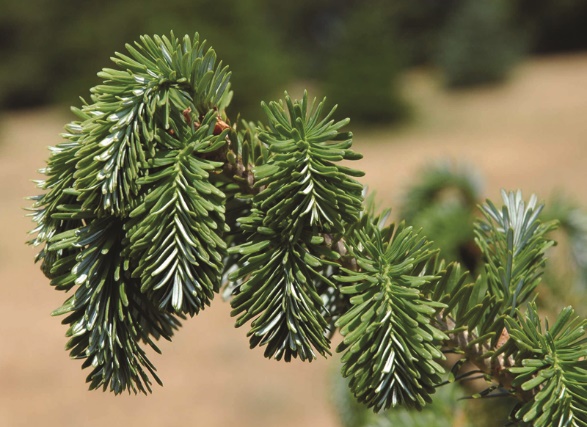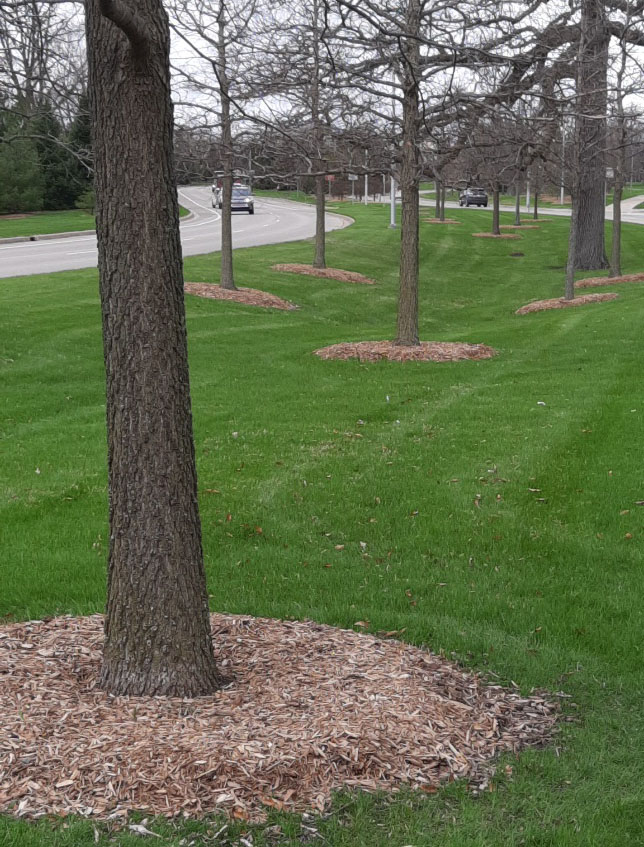Landscape trees begin to show signs of summer stress
Mulching and watering are keys to keeping trees healthy during heat and drought.

The early summer heat and lack of rainfall in lower Michigan is beginning to affect landscape trees in our area. Trees often begin to show drought stress symptoms about the same time that unirrigated lawns begin to brown up. We are beginning to see common indicators that broadleaved trees are beginning to show the effects of heat and drought, such as shedding leaves and leaf rolling or leaf curling. Shoots on conifers may begin to wilt or droop and conifers may begin to shed interior needles as trees undergo moisture stress.
Most well-established landscape trees can survive our typical mid-summer dry spells without any lasting effects. However, Michigan State University Extension notes that trees that have been planted in the last two to three years or trees that have experienced other stresses recently, such as root damage during construction, may require some attention during the current round of hot, dry weather.


Steps to reduce tree stress
In the absence of rainfall, watering trees once a week is the best way to alleviate water stress. It is important to avoid overwatering and not kill trees with kindness. Also, make sure that irrigation water does not run off and is able to infiltrate into the ground. In clay soils, this may mean moving from tree to tree in a cycle to allow water to fully infiltrate while watering.
Mulching is also critical to reducing tree stress. Our research at MSU has shown that a 2-to-3-inch layer of organic mulch such as ground bark or wood chips can reduce moisture stress in trees and shrubs by conserving soil moisture and reducing soil temperatures in the root zone.

The current 8-10 day forecast calls for normal temperatures and precipitation. This may seem like good news, but our normal July temperatures are warm and normal precipitation can be spotty, so this is not a guarantee that conditions with improve soon. Homeowners and landscaper should continue to monitor their trees for signs of stress and be ready to water trees when needed.



 Print
Print Email
Email

